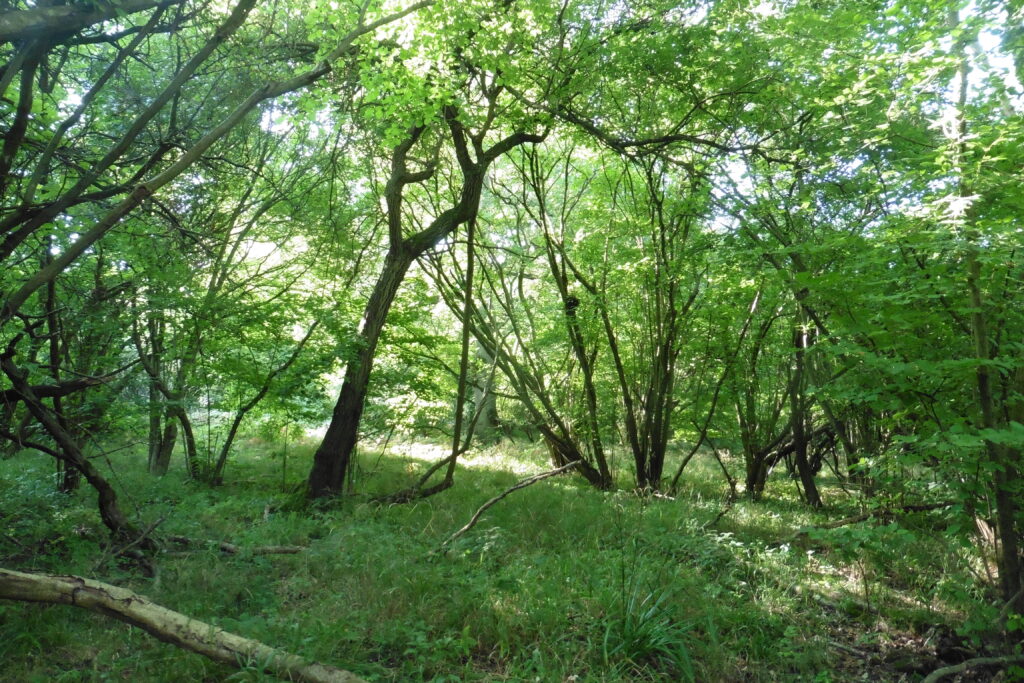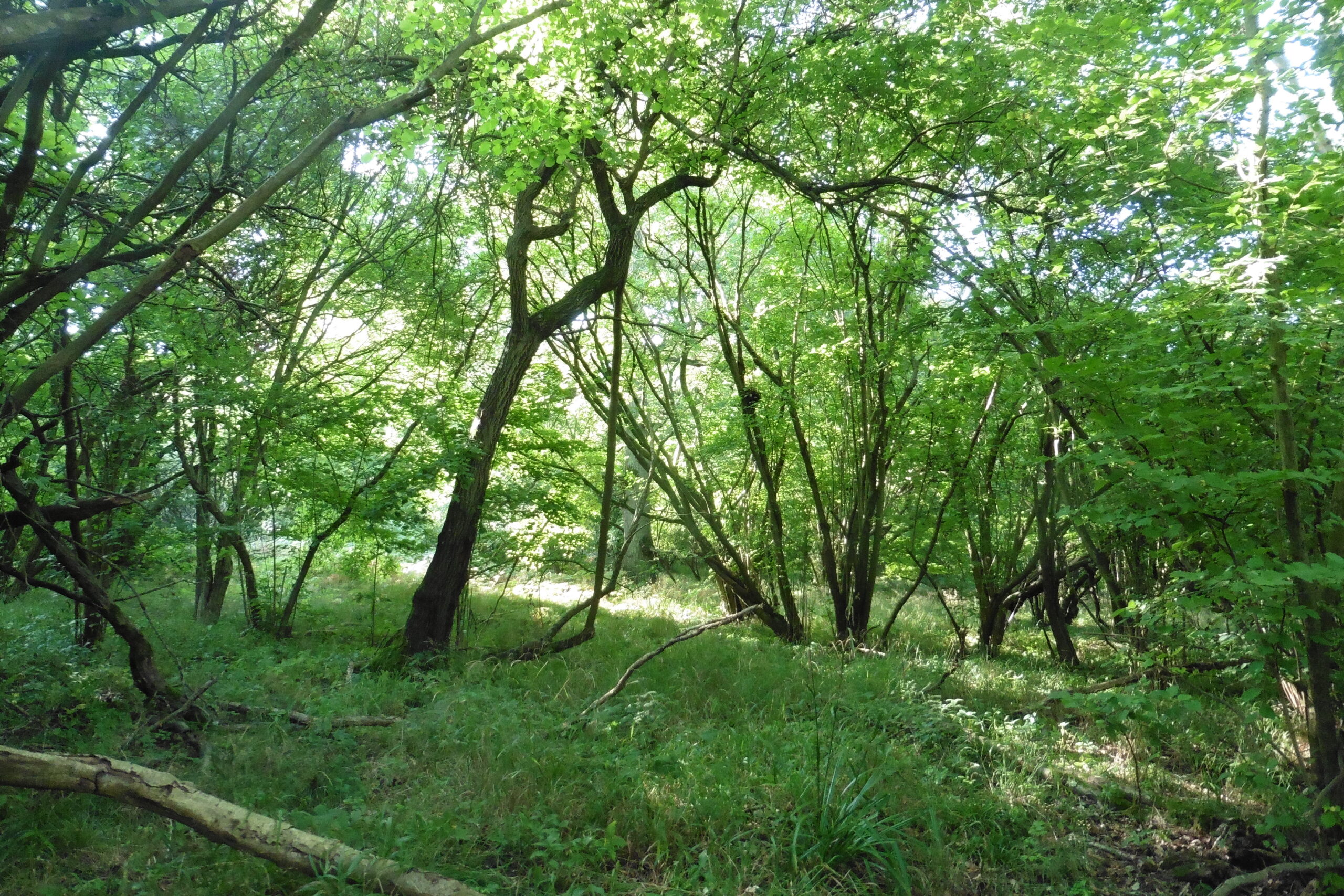This is the fourth article in the Wilding for Conservation series. The introduction to the series, along with the first two articles can be found in the February 2021 issue (BW 31.4)
‘It is… clear that Wytham Woods have not for many centuries been “virgin”, though if given the chance to do so they might well return to something resembling a natural woodland, even if this would be different in composition from the original Saxon forest. What could be more fascinating than to watch this happen and record its progress over a hundred years or more, armed with the methods of modern ecology?’ (Elton 1966)
The term ‘rewilding’ is widely used in conservation theory and practice, even though there is still much debate as to what it actually means. Rewilding may be a deliberate action, for example at Oostvaardersplassen (Vera 2009) and on the Knepp Estate (Tree 2018), or it could be so-called passive rewilding where uneconomic farmland has simply been abandoned, as in many mountainous areas of Europe (Pereira & Navarro 2015).

